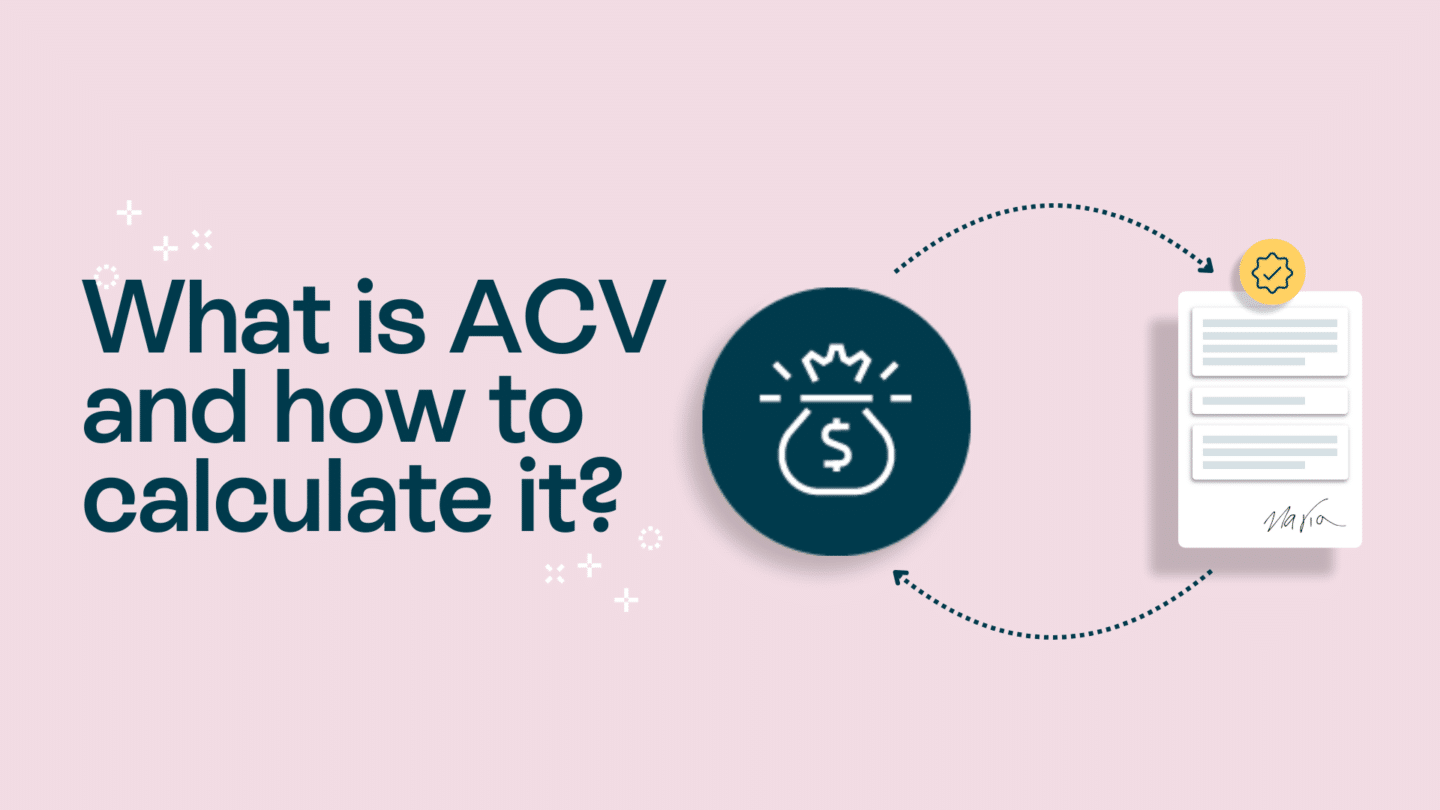In today’s competitive job market, having a well-designed recruitment strategy is crucial for organisations looking to attract and retain top talent. A recruitment strategy encompasses the processes, tools, and goals that companies use to identify, attract, and hire the best candidates for their open positions. By implementing an effective recruitment strategy, organisations can streamline their hiring process and ensure that they find the right individuals who align with their company values and goals.
Recruitment strategies: The 101
Recruitment strategy refers to the overall plan that companies create to manage their hiring needs effectively. It involves defining the steps and techniques that will help identify and attract qualified candidates for open positions. Moreover, it encompasses the evaluation of the success and continuous improvement of the recruitment process.
Developing a recruitment strategy requires careful consideration of various factors. Companies need to analyse their current workforce, identify skill gaps, and forecast future hiring needs. By understanding the specific requirements of each position, organisations can tailor their recruitment efforts to attract candidates with the right qualifications and experience.
One important aspect of recruitment strategy is the selection of sourcing channels. Companies can utilise various methods to reach potential candidates, such as job boards, social media platforms, professional networking sites, and employee referrals. Each sourcing channel has its own advantages and disadvantages, and a well-rounded recruitment strategy may involve a combination of these channels.
Read also: Flow through the recruitment process

Defining recruitment strategy
A recruitment strategy outlines how an organisation plans to find and hire new employees. It may include elements such as sourcing channels, interview processes, and onboarding procedures. By defining these elements, companies can ensure consistency throughout the recruitment process and create a positive experience for candidates.
When it comes to interview processes, organisations can choose from various methods, including one-on-one interviews, panel interviews, and behavioural assessments. Each method serves a different purpose and helps evaluate candidates from different angles. By carefully designing the interview process, companies can gather valuable insights about candidates’ skills, cultural fit, and potential for growth.
Furthermore, onboarding procedures play a crucial role in the success of new hires. A well-designed onboarding program helps new employees integrate into the company culture, understand their roles and responsibilities, and establish connections with colleagues. By providing a comprehensive onboarding experience, organisations can enhance employee engagement and reduce the time it takes for new hires to become productive contributors.
Importance of effective recruitment
Having an effective recruitment strategy is essential for organisations to stay competitive in today’s dynamic business landscape. By identifying and attracting top talent, companies can build a skilled workforce that drives innovation, growth, and success. A well-executed recruitment strategy contributes to a company’s employer brand, enhances employee retention rates, and reduces turnover costs.
Furthermore, effective recruitment strategies help organisations create a diverse and inclusive workforce. By actively seeking out candidates from different backgrounds, companies can benefit from a wide range of perspectives and experiences. This diversity fosters creativity, problem-solving, and collaboration, leading to better decision-making and overall organisational performance.
In conclusion, recruitment strategy is a vital component of any successful organisation. By carefully defining and implementing a recruitment strategy, companies can attract and retain top talent, build a strong employer brand, and create a diverse and inclusive workforce. As the business landscape continues to evolve, organisations must continuously evaluate and improve their recruitment strategies to stay ahead of the competition.
Read also: Why Oneflow is a contract platform for everyone

Components of an effective recruitment strategy
An effective recruitment strategy comprises several key components that work together to attract and select the right candidates for open positions.
Identifying recruitment goals
Before embarking on any recruitment efforts, it is crucial for organisations to establish clear goals. These goals should align with the overall business objectives and help define the desired competencies and qualities of the candidates they seek. By clearly defining these goals, organisations can create targeted recruitment campaigns that attract candidates who possess the required skills and attributes.
Determining the recruitment process
Developing a structured and well-defined recruitment process is crucial for finding the best candidates efficiently. This process typically includes steps such as posting job advertisements, screening resumes, conducting interviews, and performing reference checks. By outlining these steps, organisations can ensure that everyone involved in the hiring process follows a consistent and objective approach.
Selecting the right recruitment tools
In the digital age, companies have access to a wide range of recruitment tools that can streamline the hiring process. These tools include applicant tracking systems, job boards, social media platforms, and online assessments. By selecting the right recruitment tools, organisations can leverage technology to attract a larger pool of qualified candidates and simplify the candidate evaluation process.
Developing a recruitment strategy
Creating an effective recruitment strategy requires careful planning and consideration. Organisations must follow a series of steps to develop a strategy that aligns with their specific needs and goals.
Steps to create a recruitment strategy
The first step in developing a recruitment strategy is identifying and assessing the organisation’s current talent pool. By understanding the existing workforce, companies can identify gaps and determine the types of candidates needed to support future growth. Next, organisations should define their employer brand and develop compelling messaging that resonates with potential candidates. Additionally, creating a diverse and inclusive recruitment strategy ensures that organisations attract talent from various backgrounds and perspectives.
Role of HR in strategy development
Human resources (HR) departments play a critical role in the development and implementation of recruitment strategies. HR professionals collaborate with hiring managers and executives to align recruitment goals with overall business objectives. They ensure that the recruitment process adheres to legal and ethical standards and establish metrics to measure the success of the strategy. By actively involving HR in strategy development, organisations can create a recruitment process that effectively supports the achievement of their objectives.
Read also: HR Tech: People, technology and digital transformation

Evaluating recruitment strategy success
Assessing the effectiveness of a recruitment strategy is crucial for continuous improvement. By analysing key performance indicators (KPIs), organisations can gain insights into the success and areas for enhancement of their recruitment efforts.
Key performance indicators for recruitment
Common KPIs for measuring recruitment success include the time-to-hire, cost-per-hire, and quality-of-hire. These metrics provide valuable information on the efficiency, financial impact, and overall effectiveness of the recruitment process. Regularly tracking these KPIs enables organisations to identify bottlenecks, optimise recruitment workflows, and make data-driven decisions to improve their strategy.
Continuous improvement in recruitment strategy
An effective recruitment strategy is not a one-time effort but an ongoing process. By continuously evaluating and enhancing the recruitment process, organisations can adapt to changing market conditions and candidate expectations. Regular feedback from both internal stakeholders and candidates can illuminate areas for improvement and insights on how to refine the recruitment strategy further.
Challenges in implementing recruitment strategies
While an effective recruitment strategy is crucial for success, organisations often face challenges when implementing and executing these strategies.
Common obstacles in recruitment
Some common obstacles include a skills shortage in certain industries, increased competition for top talent, and limited resources for recruitment efforts. Furthermore, internal barriers such as resistance to change and lack of buy-in from key stakeholders can hinder the successful execution of recruitment strategies.
Solutions to recruitment challenges
Despite these challenges, organisations can adopt several strategies to overcome them. Leveraging technology and automation can streamline the recruitment process, thereby saving time and resources. Collaboration between HR and hiring managers is essential for aligning recruitment strategies with organisational goals. Lastly, a continuous learning and improvement mindset enables organisations to effectively address hurdles as they arise.
The key takeaways
An effective recruitment strategy is a vital component of any organisation’s success. By understanding the various elements and steps involved in developing and implementing a recruitment strategy, organisations can attract, select, and hire qualified candidates who contribute to their growth and success. Adaptability, continuous improvement, and leveraging technology are key elements that ensure a recruitment strategy remains effective in an ever-evolving job market. By investing time and resources into creating and refining a strong recruitment strategy, organisations can secure a competitive advantage in talent acquisition and position themselves for long-term success.







